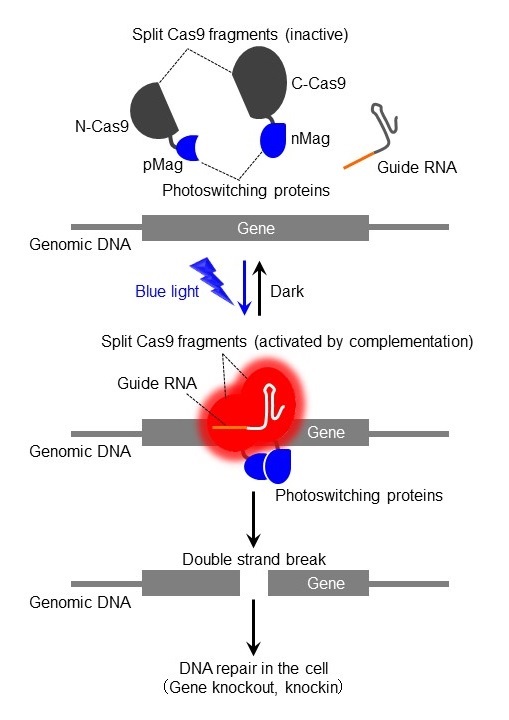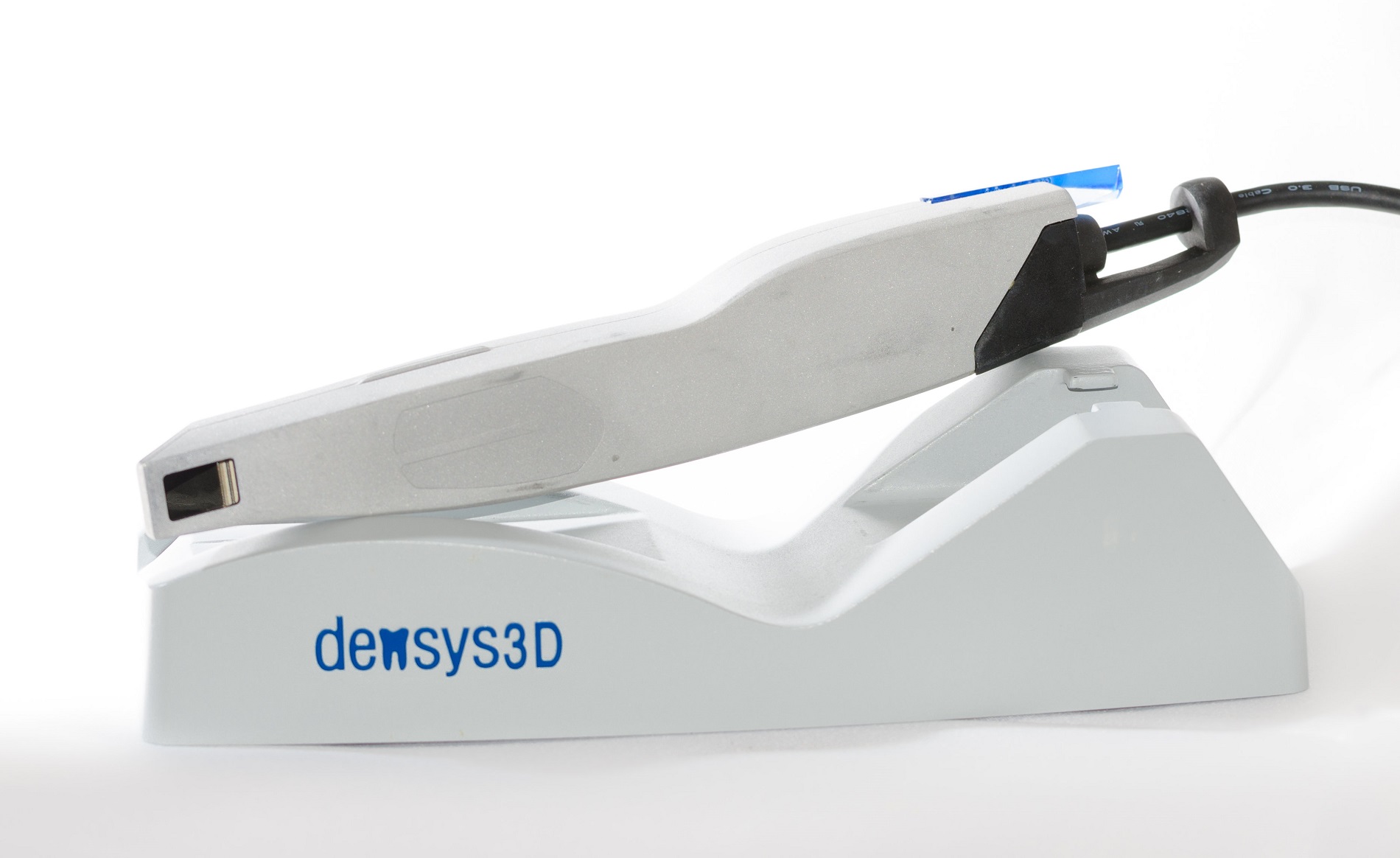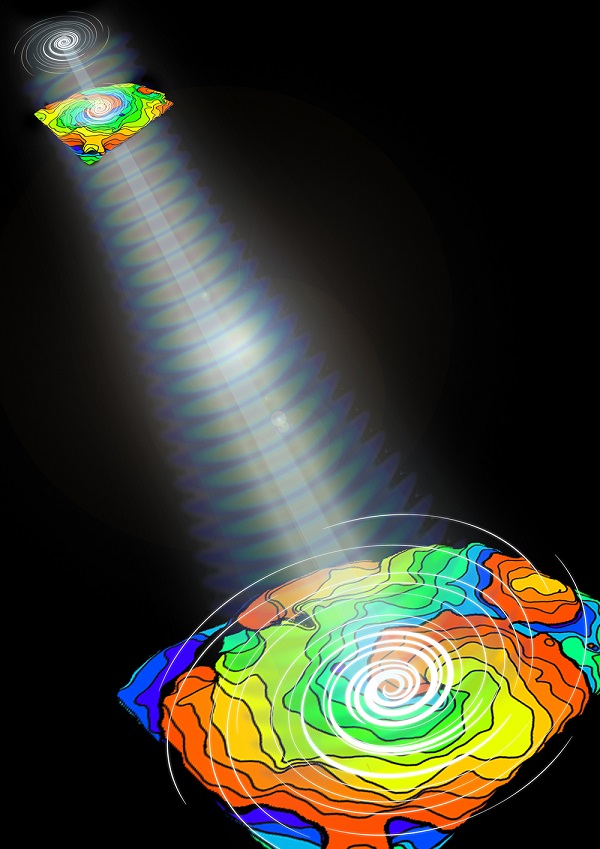2015/07/16
A research group at the University of Tokyo has developed a new technology to optically control genome editing.
To properly edit the genome, it is necessary to cut user-defined sites in the genome with a DNA nuclease. However, because the activity of conventional DNA nucleases cannot be controlled at all, it is not possible to cut the targeted DNA only in the desired cells and at the desired time. These limitations have constrained the possibilities of genome editing technology.
Ph.D. course student Yuta Nihongaki, Associate Professor Moritoshi Sato and their research group at the Graduate School of Arts and Sciences have developed a new technology to manipulate the activity of a DNA nuclease (Cas9) derived from the bacterial CRISPR-Cas9 system by using photoswitching proteins that can be controlled by blue light.
The new technology is expected to overcome the limitations of conventional genome editing technology and should contribute to expanding potential biomedical, pharmaceutical and agricultural applications including development of new cultivars.
Press release (Japanese)
Paper
Yuta Nihongaki, Fuun Kawano, Takahiro Nakajima, Moritoshi Sato, "Photoactivatable CRISPR-Cas9 for optogenetic genome editing", Nature Biotechnology Online Edition: 2015/6/16 (Japan time), doi: 10.1038/nbt.3245.
Article link (Publication)















